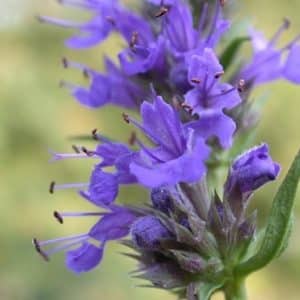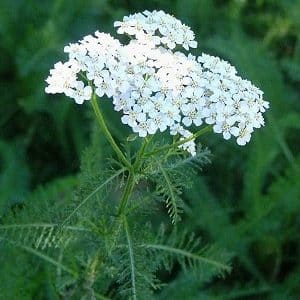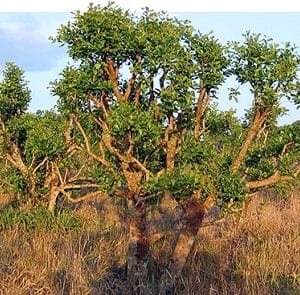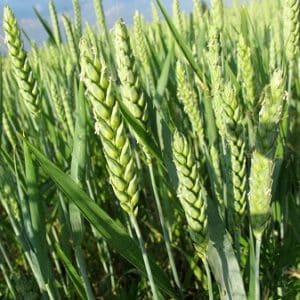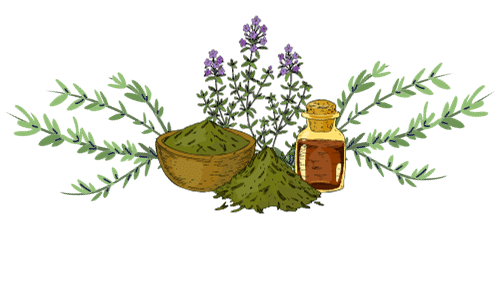$45.65 – $192.50
Goldenseal is used for the common cold and other upper respiratory tract infections, as well as stuffy nose and hay fever. Some people use goldenseal for digestive disorders including stomach pain and swelling (gastritis), peptic ulcers, colitis, diarrhea, constipation, hemorrhoids, and intestinal gas.
Goldenseal is related to another great healing plant called the Pasque Flower.
Many of its alternate names refer to the colour of its pulp and root or to its usage, while others are derived from its history as a remedy among Native Americans.
The herb has long been used medicinally by Native Americans. The Cherokee, and other tribes, mixed it with bear fat and used it as an insect repellent. They also used it to treat wounds, ulcers, ear aches, and sore, inflamed eyes, as well as for stomach and liver problems. The Iroquois drank root infusions and decoctions for fevers, pneumonia, whooping cough, liver disorders, fevers, and heart problems. Several tribes used it to fight TB (tuberculosis).
Goldenseal was introduced into Europe in 1760.
During the 19th century, it became a favourite with Thomsonian and Eclectic practitioners and was listed in the US Pharmacopoeia until 1926.
At the turn of the 20th century, it was the key ingredient in the widely publicized patent medicine called Golden Medical Discovery created by Dr. Roy Pierce.
During much of the first half of the 20th century, goldenseal was listed in the US National Formulary as an antiseptic and astringent. In fact, the widespread popularity of the herb threatened it with extinction in the wild; thus, herbalists recommend buying only products made from cultivated, organic, rather than wild harvested, goldenseal.
Key Actions
Key Components
Cautions
Do not use during pregnancy as it does stimulate the uterus.
Do not use if there is a problem with high blood pressure.
